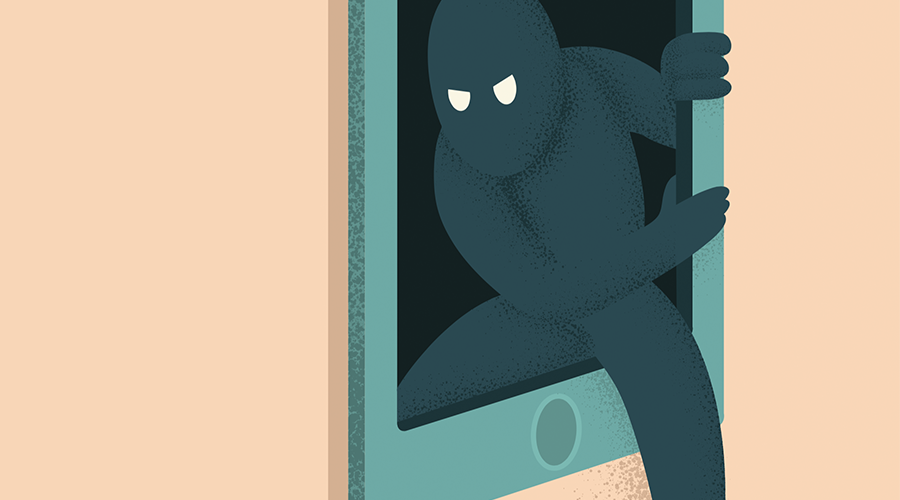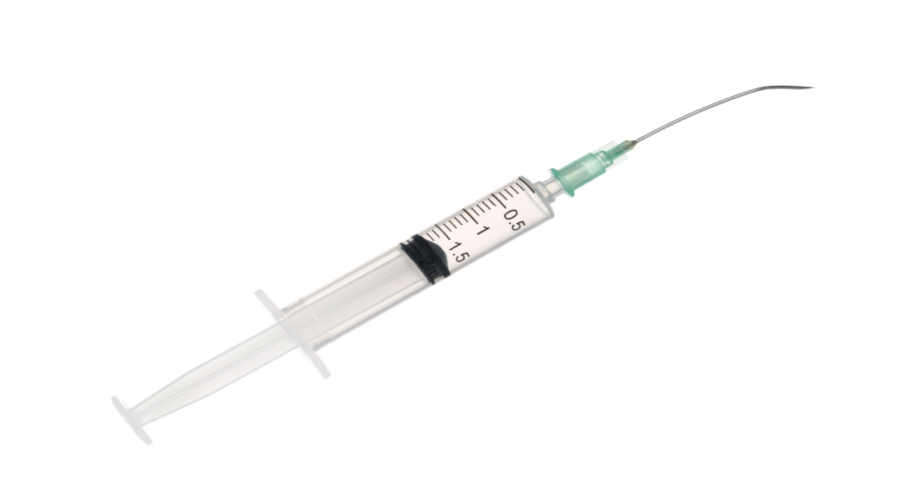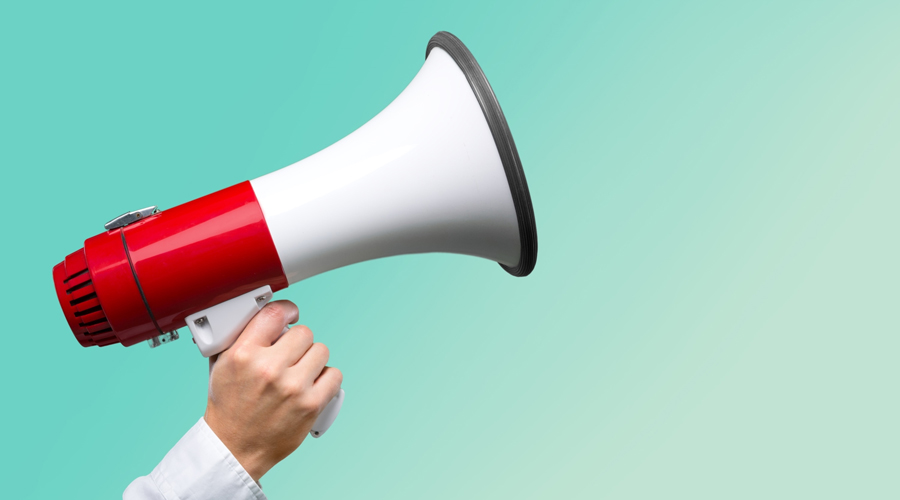As drug prices continue to soar, patients are scrambling for affordable solutions. And they don’t have to look far to find scintillating prices.
Tens of thousands of online pharmacies, which exist outside regulatory authority, lure patients with promises of quality medication for unbeatable prices. But these pharmacies’ low price tags may ultimately cost patients more than they bargained for.
“Illegal online drug sellers place profits ahead of patients and show no regard for providing consumers with legitimate products with therapeutic value,” said Libby Baney, principal at Faegre Baker Daniels Consulting and senior advisor to Alliance for Safe Online Pharmacies (ASOP Global), a non-profit dedicated to protecting consumers around the world, ensuring safe access to medications, and combating illegal online drug sellers.
“Demand for convenient, lower-cost medications has created a new economic incentive for criminals to manufacture and sell counterfeit drugs and prey on vulnerable populations.”
Most patients don’t realize that 96 percent of online pharmacies operate illegally. Even more, most of them don’t suspect that their medication could come without the active ingredient. Or worse, that it could be tainted with acetone and mercury, among other dangerous ingredients.
Patients who buy from online pharmacies also expose themselves to financial risk. While some scams profit from providing substandard or fake drugs, other scams profit from defrauding patients, selling personal information, or stealing identities, according to ASOP.
“Partners throughout the healthcare delivery system, including independent retail pharmacies, should be aware of these risks and ready to direct patients to appropriate online resources and websites,” Baney said.
As many patients’ most accessible healthcare provider, you can educate patients on the risks of buying medicine online and how to spot scams before it’s too late.
Spotting red flags
“Independent pharmacies should be aware of both the telltale signs of an illegal online pharmacy as well as prepared to discuss the risks of purchasing from these sites,” Baney said.
Baney specifically warned against phony “Canadian” online pharmacies. These rogue pharmacies brand their websites with the red maple leaf but actually source their drugs from places like India, Turkey, and Southeast Asia. When patients buy from them, they often get nothing in return.
Patients should also avoid pharmacies that:
- Don’t require a prescription
- Offer unbelievable prices
- Don’t have a licensed pharmacist available
- Don’t have a physical address
But patients don’t have to simply rely on red flags. “Thankfully, there are many ways for patients to check that they are buying medicine from a legitimate source and ensure that they are staying safe,” Baney said.
Baney suggested checking domain names through LegitScript or www.safe.pharmacy from the National Association of Boards of Pharmacy (NABP) and verifying that the domain name ends with .pharmacy.
ASOP provides several tools—including infographics, brochures, and videos—that further outline the risks of illegal online pharmacies and provide patients with ways to stay safe.
Helping patients with cost
Besides education, you can help your patients avoid online scams by addressing the source of the issue. Because low prices drive patients to online pharmacies, helping them financially will increase their chances of sticking with your pharmacy.
A few ways you can help patients afford their medication include:
- Suggesting generic alternatives
- Offering payment plans
- Directing patients to helpful tools
- Pointing patients to assistance services
Numerous programs exist to offer savings on prescription purchases, but many patients don’t know about them. NeedyMeds, a national nonprofit information resource, helps patients locate both private and state assistance programs. Blink Health offers patients discounted prices on thousands of medications that patients pay for online and then fill at the pharmacy. And most manufacturers offer some form of assistance programs to patients who qualify, including instant discounts and mail-in rebates.
ASOP also offers money-saving resources. “Advocacy groups like the Alliance for Safe Online Pharmacies are a great resource for patient information and links to cost-saving coupons and discount programs that can help patients protect themselves from scams, save money, and stay safe,” Baney said.
Telltale Signs of Pharmacy Fraud
Avoid online pharmacies if you spot these signs.
- Does not require a valid prescription from a healthcare provider
- Offers “too good to be true” prices or “buy more, save more” deals
- Does not have a licensed pharmacist available on staff for consultation
- Ships prescription drugs from other countries into the United States
- Does not have a physical street address
By the Numbers
- 35,000+ online pharmacies operating
- 96% online pharmacies are illegal and unsafe
- 1m deaths each year worldwide from fake medicine
- <5% people know how to find safe pharmacy sites online
From the Magazine
This article was published in our quarterly print magazine, which covers relevant topics in greater depth featuring leading experts in the industry. Subscribe to receive the quarterly print issue in your mailbox. All registered independent pharmacies in the U.S. are eligible to receive a free subscription.
Read more articles from the December issue:
- The complete guide to CBD, the new profitable plant product sweeping the nation
- One simple solution to making more money from your front-end
- The latest independent pharmacy trends from 2018 NCPA Digest
- How to boost front-end revenue by engaging all five senses
- The guide to getting a loan from the experts who lend them out
- How one independent pharmacy thrives through nonprofit partnerships
- New USP guidelines on water purity for reconstitution












